Description
“Math for English Majors: A Human Take on the Universal Language” is likely a reference to an approach that makes mathematics more accessible, relatable, and engaging for people who primarily focus on the humanities, like English majors. This concept seeks to bridge the often perceived gap between the “abstract” nature of math and the “expressive” nature of language and literature.
The title suggests a human-centered perspective on mathematics—one that connects it to familiar ideas and emotions, rather than presenting it as a dry, technical subject. Here’s how this approach could manifest:
### 1. **Math as a Universal Language**
Mathematics is often described as a universal language because its principles hold true across cultures, geographies, and even time periods. For an English major, this could be understood as a common thread that ties together diverse human experiences, much like literature. Just as novels or poetry offer insights into the human condition, mathematics can reveal patterns and relationships that are universally applicable.
For example, the Fibonacci sequence (1, 1, 2, 3, 5, 8, 13…) appears in nature, art, and architecture. It connects mathematical logic with the beauty found in the natural world and human creativity, something an English major might appreciate in terms of narrative structure, rhythm, and aesthetics.
### 2. **The Poetry of Math**
Math, like literature, can have its own rhythm, flow, and structure. Equations might seem abstract at first, but they tell stories. For instance, the concept of symmetry in math can be explored as a theme in literature—whether through mirror imagery or the idea of balance. In fact, poets have often used mathematical concepts as metaphors. For example, the idea of infinite series or repeating patterns might align with themes of recurrence in poetry.
### 3. **Narrative in Mathematics**
Much like a well-structured novel, math often has a narrative of its own—starting with a problem (conflict), followed by steps toward a solution (plot development), and concluding with an answer (resolution). An English major might enjoy seeing this process as analogous to writing and reading stories. Many historical mathematicians’ journeys, too, can be framed as dramatic tales, with breakthroughs, challenges, and moments of insight that parallel those of literary characters.
### 4. **The Power of Language in Math**
Even though math uses symbols and numbers, these elements function as a kind of “language.” English majors who study grammar and linguistics may find it easier to appreciate the structured syntax of equations. For instance, algebraic expressions follow rules of precedence similar to sentence structure in grammar, and logic in math is often based on deductive reasoning, just like argumentation in a well-written essay.
### 5. **Connecting Math with Literature**
Many famous writers have explored mathematical ideas, like Jorge Luis Borges, who was fascinated by infinity, paradoxes, and mathematical concepts. English majors might find it inspiring to see how authors have used math as a metaphor or to structure their works. In works like *Flatland* by Edwin A. Abbott, math is a direct part of the narrative, offering a story that blends abstract math with philosophy.
### 6. **Math in Everyday Life**
Lastly, for English majors, the relevance of math might not always be about complex theories but about practical applications—like budgeting, data interpretation, or even crafting a literary analysis with statistical evidence. Math is about problem-solving, organization, and structure—all of which are skills an English major might use every day in writing and analyzing texts.
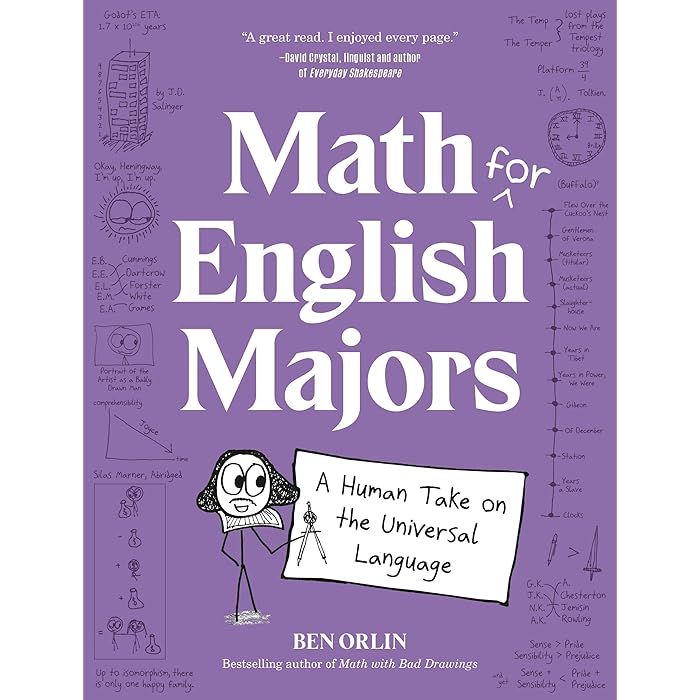
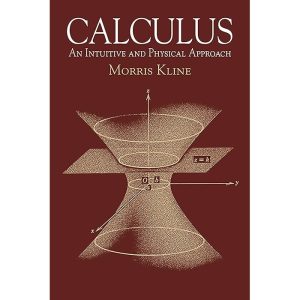
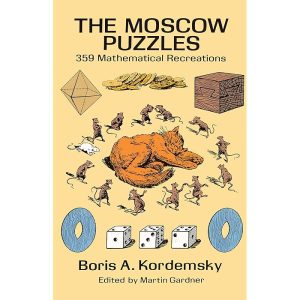
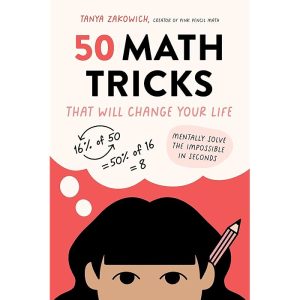
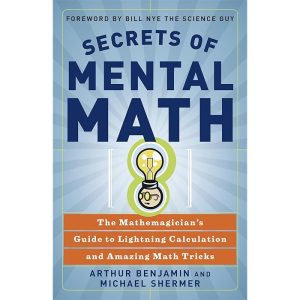

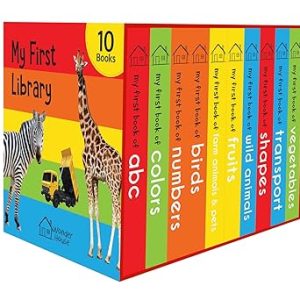

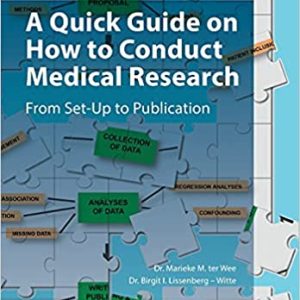



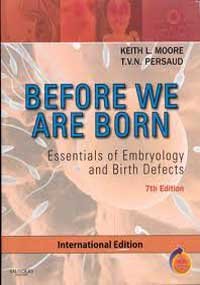
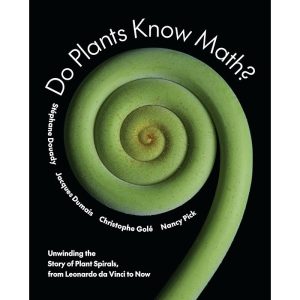
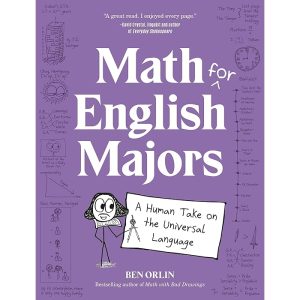
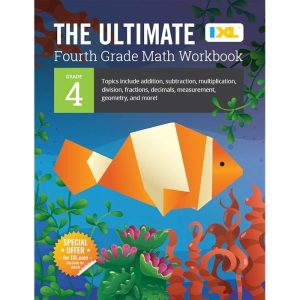
Reviews
There are no reviews yet.